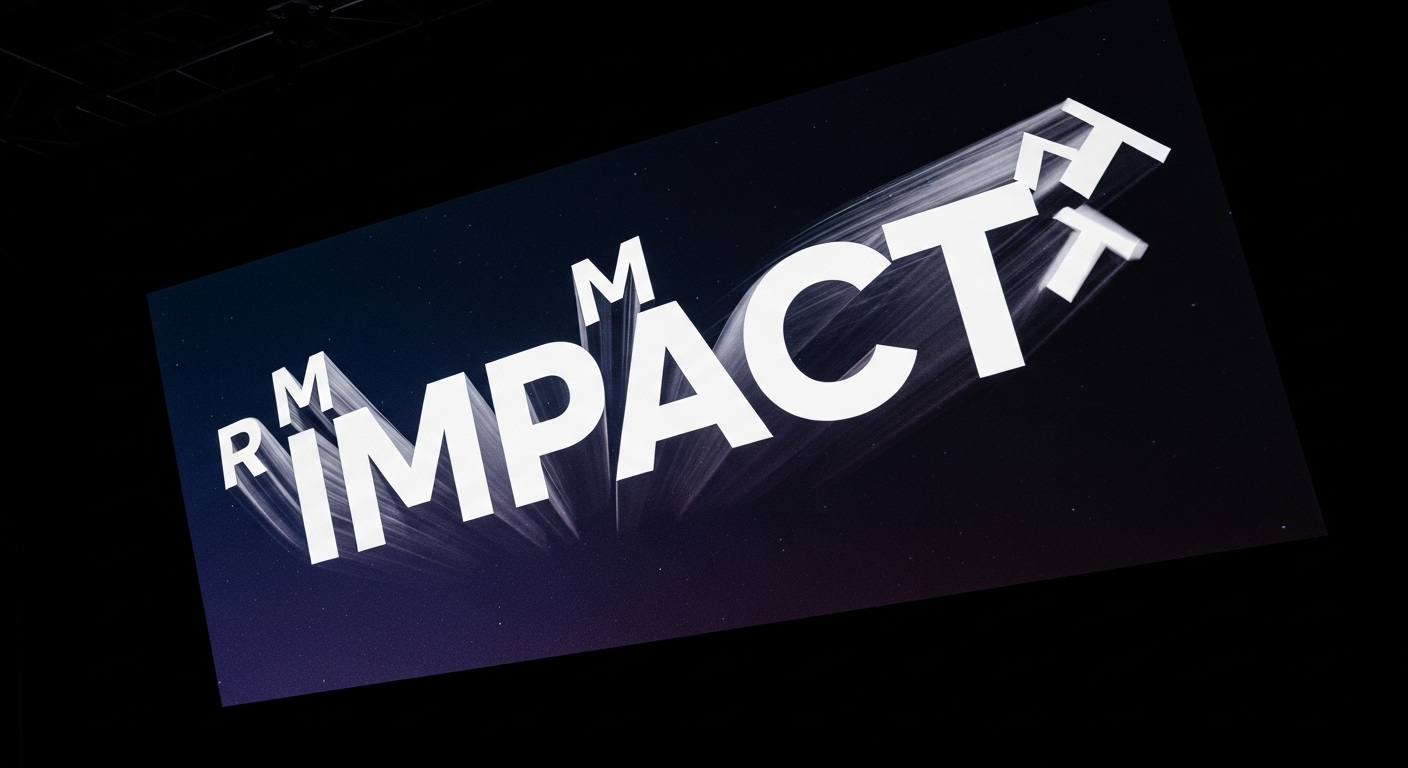Understanding Personal Loans: A Comprehensive Guide
Personal loans have become an increasingly popular financial tool for individuals seeking to manage expenses, consolidate debt, or fund major purchases. These unsecured loans offer borrowers a lump sum of money that can be repaid over a set period, typically with fixed monthly payments and interest rates. Understanding how personal loans work and their various applications can help you make informed borrowing decisions.

Types of Personal Loans
Fixed-rate personal loans maintain the same interest rate throughout the loan term, providing predictable monthly payments. Variable-rate loans may offer lower initial rates but can fluctuate over time. Some lenders also offer secured personal loans, which require collateral but often feature lower interest rates due to reduced lender risk.
Common Uses for Personal Loans
Debt consolidation remains one of the most popular uses for personal loans, allowing borrowers to combine multiple high-interest debts into a single, more manageable payment. Other common applications include home improvements, medical expenses, wedding costs, and major purchases. Some borrowers use personal loans to finance business ventures or educational expenses.
Qualifying for a Personal Loan
Lenders typically consider several factors when evaluating personal loan applications:
-
Credit score and history
-
Income stability
-
Debt-to-income ratio
-
Employment status
-
Length of credit history
Personal Loan Costs and Terms
| Loan Type | Typical APR Range | Common Loan Terms |
|---|---|---|
| Excellent Credit | 6% - 13% | 12-84 months |
| Good Credit | 14% - 20% | 24-60 months |
| Fair Credit | 21% - 35% | 12-48 months |
| Poor Credit | 28% - 36%+ | 12-36 months |
Prices, rates, or cost estimates mentioned in this article are based on the latest available information but may change over time. Independent research is advised before making financial decisions.
Advantages and Disadvantages
Personal loans offer several benefits, including fixed repayment schedules, potentially lower interest rates than credit cards, and the ability to borrow larger amounts. However, they also come with risks, such as potential origination fees, higher rates for borrowers with poor credit, and the obligation of regular monthly payments regardless of changing financial circumstances.
Making an informed decision about personal loans requires careful consideration of your financial situation, understanding the total cost of borrowing, and comparing offers from multiple lenders. While personal loans can be valuable financial tools, they should be used responsibly and with a clear repayment strategy in mind.






